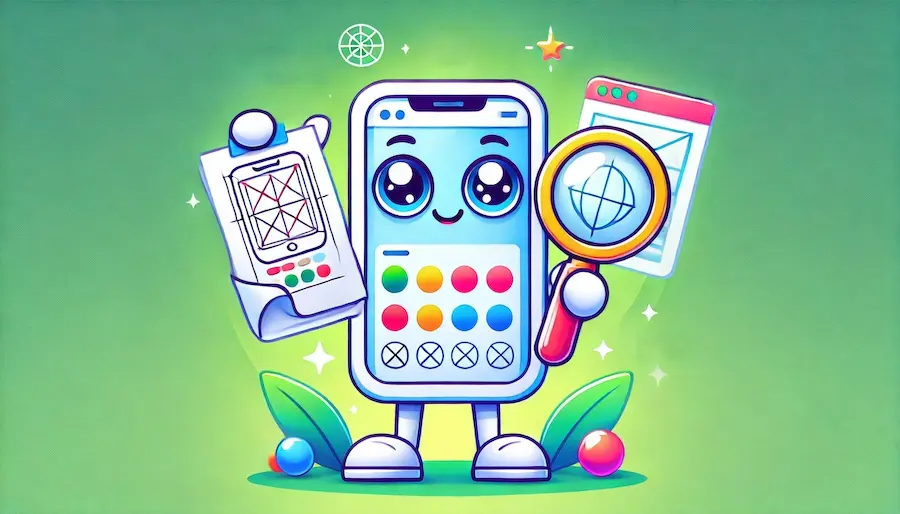User Experience, commonly known as UX, is a crucial aspect of design and development that focuses on how users interact with products, systems, or services. The goal of UX is to enhance user satisfaction by improving the usability, accessibility, and pleasure provided in the interaction with a product.
What is UX?
UX encompasses all aspects of the end-user’s interaction with a company, its services, and its products. It involves understanding and addressing the entire user journey, from discovering a product to using it and even providing feedback. UX design is about creating meaningful and relevant experiences for users.
The Importance of UX
Good UX is vital for the success of any product or service. Here are some key reasons why UX is important:
- User Satisfaction: A well-designed UX ensures that users have a positive experience, making them more likely to continue using the product and recommend it to others.
- Increased Efficiency: By simplifying tasks and making interactions intuitive, UX design helps users complete their goals more efficiently, leading to higher productivity.
- Competitive Advantage: Companies that invest in UX stand out in the market. A superior user experience can differentiate a product from its competitors.
- Reduced Costs: Identifying and addressing usability issues during the design phase can save significant costs in the long run by reducing the need for extensive changes after launch.
Key Elements of UX Design
Several elements contribute to effective UX design:
- User Research: Understanding the needs, behaviors, and motivations of users through various research methods like surveys, interviews, and usability testing.
- Information Architecture: Organizing and structuring content in a way that is logical and easy for users to navigate.
- Wireframing and Prototyping: Creating low-fidelity and high-fidelity models of the product to visualize and test design concepts before full-scale development.
- Visual Design: Crafting the aesthetic aspects of the interface, including layout, color schemes, typography, and icons, to create an engaging and pleasing look.
- Interaction Design: Designing the interactive elements of the product, such as buttons, forms, and animations, to ensure they are intuitive and enhance the user experience.
- Usability Testing: Continuously testing the product with real users to gather feedback and make necessary improvements.
The Role of a UX Designer
A UX designer wears many hats, combining skills from various disciplines. Their role involves:
- Conducting user research and analysis.
- Creating user personas and journey maps.
- Developing wireframes, prototypes, and high-fidelity designs.
- Collaborating with developers to implement designs.
- Performing usability testing and iterating on feedback.
- Ensuring that the final product aligns with user needs and business goals.
Conclusion
In a world where user expectations are continually evolving, UX design plays a pivotal role in ensuring that products and services meet those expectations. By focusing on the user’s needs and behaviors, UX designers create experiences that are not only functional but also enjoyable.
Blockfine thanks you for reading and hopes you found this article helpful.
